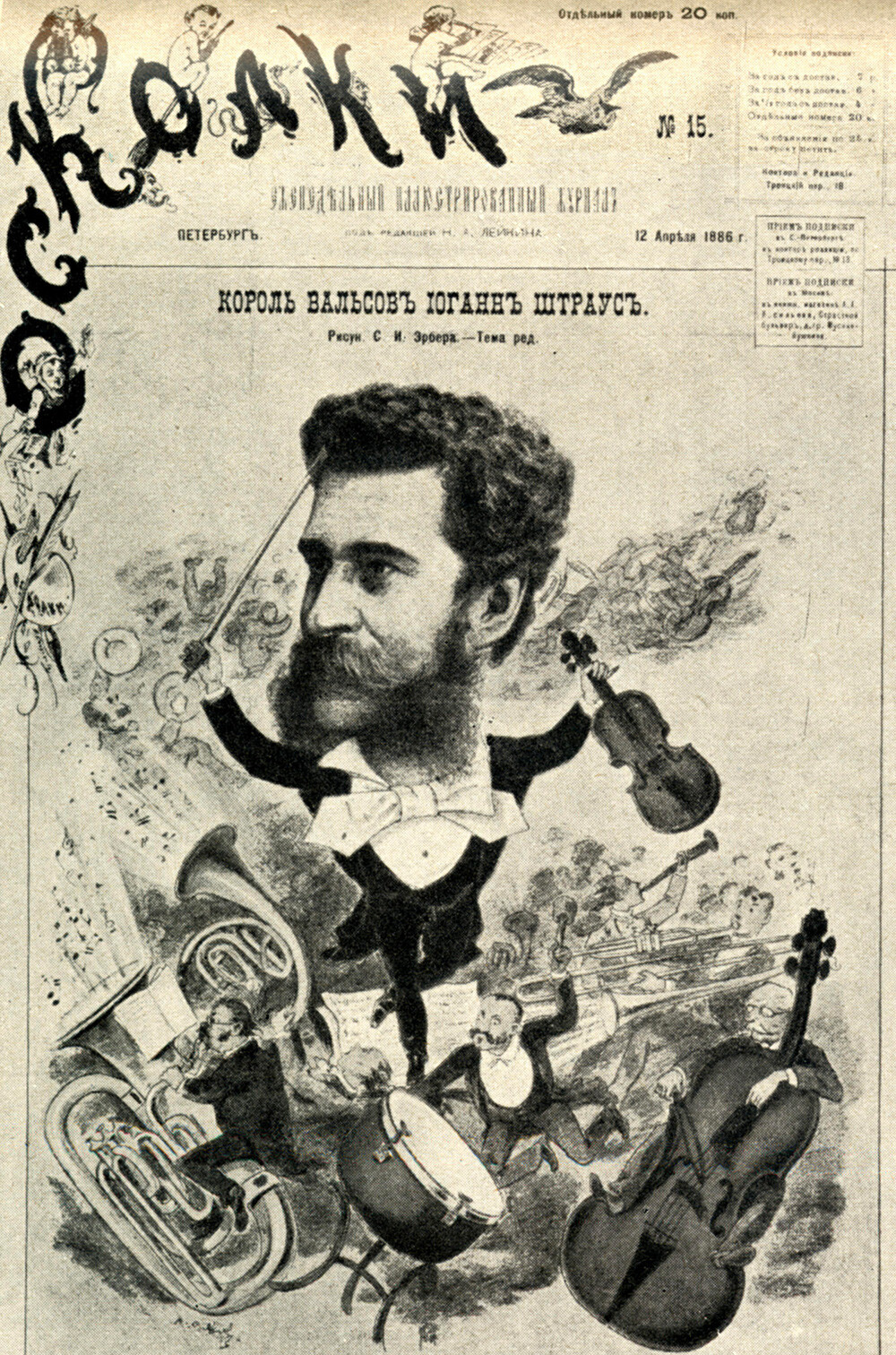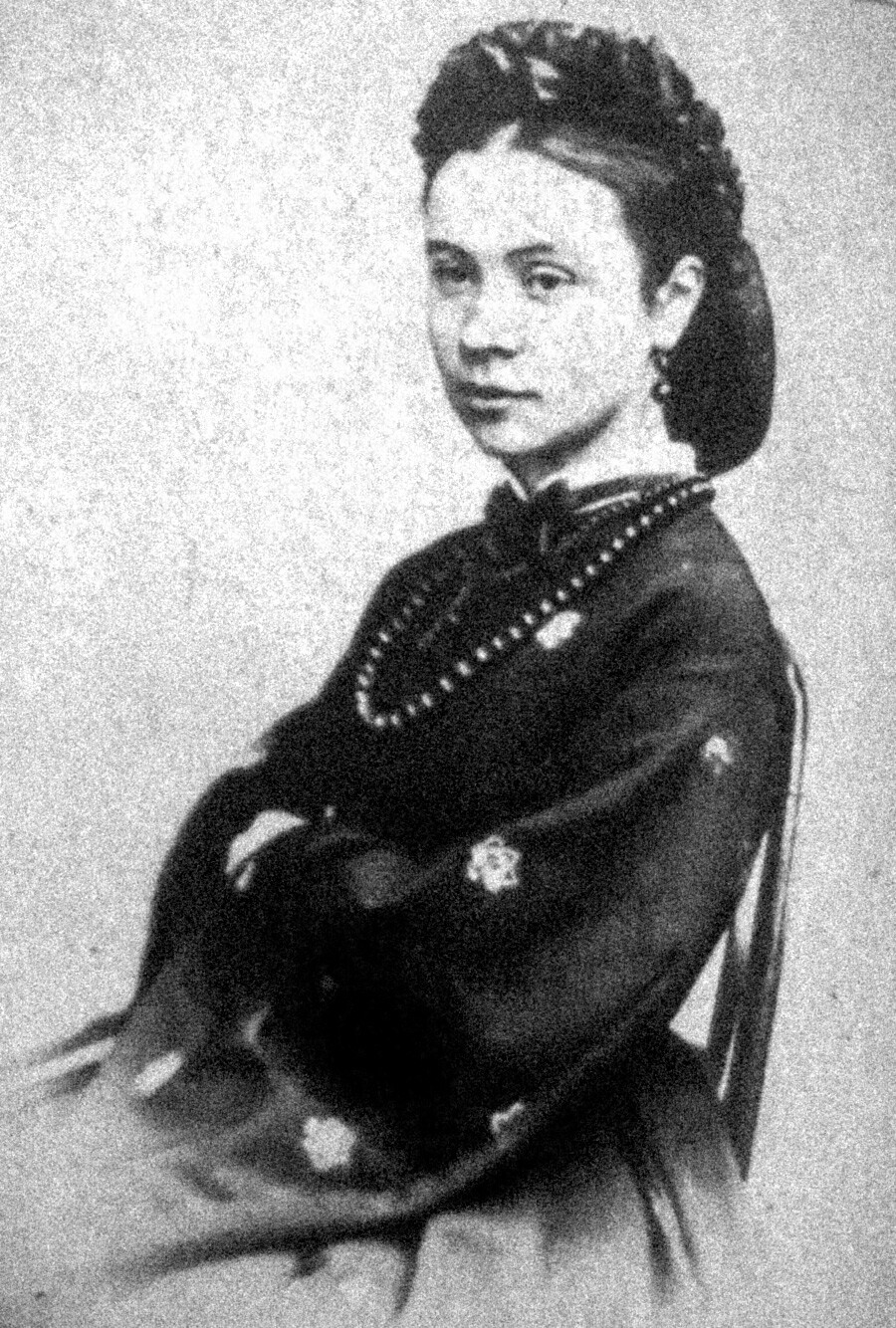

Fans from Pavlovsk, Tsarskoye Selo and St. Petersburg came to listen to the author of the famous waltzes . The hall could not even accommodate everyone. And, once, Strauss was called for an encore so many times that the audience completely lost track of time and did not notice how the last train had left. Everyone had to stay at the station until the morning. Strauss played not only his own works, but also those of other composers, including Russian composers. And he had time to write new ones - polkas ‘In the Pavlovsky Forest’ and ‘Neva’ and the quadrille ‘St. Petersburg’.

One day, he was handed a bouquet of white roses backstage with a note from a stranger. And, some time later, in the salon of Count Lev Sollogub, he met with a mysterious admirer. It turned out to be Olga Smirnitskaya - magnificently educated, from a noble family and one of the first Russian women composers. Strauss lost his head. He happily included her works in concert programs, dedicated waltzes and polkas to her and hoped that soon they would become husband and wife.

But, the chosen one’s parents were against it. A composer, even a famous one, was no match for their daughter, they believed. Strauss asked for Olga's hand several times, but was refused again and again. And, after a while, he learned of his beloved's engagement to another.
The composer kept a portrait of Olga Smirnitskaya all his life. And, in memory of his seasons in Pavlovsk and his love, he wrote the waltz ‘Farewell to St. Petersburg’.
Dear readers,
Our website and social media accounts are under threat of being restricted or banned, due to the current circumstances. So, to keep up with our latest content, simply do the following:
If using any of Russia Beyond's content, partly or in full, always provide an active hyperlink to the original material.
Subscribe
to our newsletter!
Get the week's best stories straight to your inbox